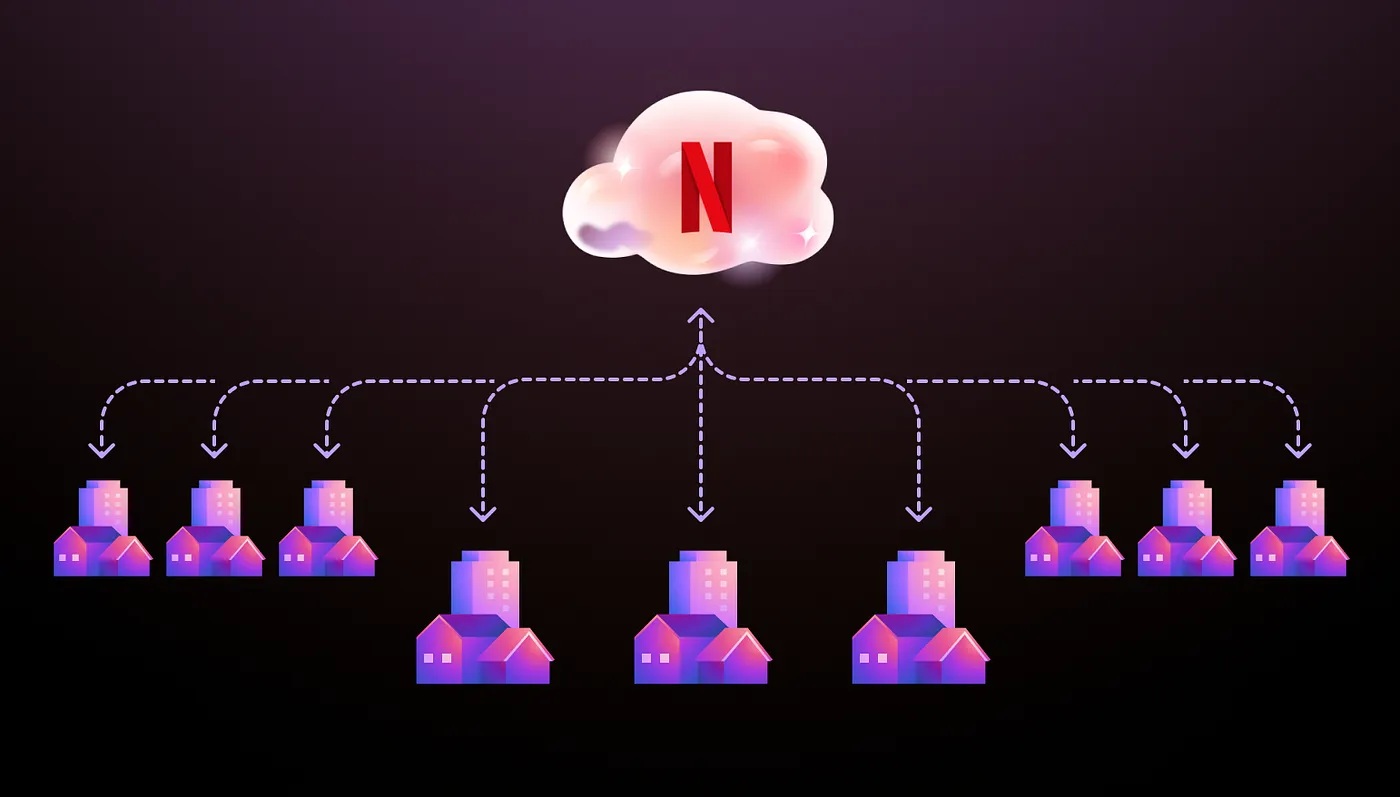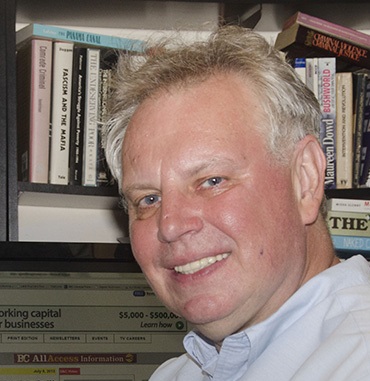Netflix Outlines Groundbreaking Effort to Streamline Global Production
Its Media Production Suite aims to improve the economics of content creation and democratize access to advanced production tools across the globe

In a groundbreaking bid to streamline and “democratize” the production process, Netflix has laid out how it is developing a new “Media Production Suite,” that the streaming platform says significantly improves the economics of producing content, streamlines workflows and democratizes production technologies in ways that will “unlock global talent pools for our productions.”
“Building a global scalable solution that could be utilized in a diversity of markets has been an exciting challenge,” Netflix reported in a blog. “We set out to provide customizable and feature-rich tooling for advanced users while remaining intuitive and streamlined enough for less experienced filmmakers. With collaboration from Netflix teams, vendors, and talent across the globe, we’ve taken a bold step forward in enabling a suite of tools inside Netflix Content Hub that democratizes technology: the Media Production Suite. While leveraging our scale economies and access to resources, we can now unlock global talent pools for our productions, drastically reduce non-creative task-based work, streamline workflows, and level the playing field between our markets, ultimately maximizing the time available for what matters most; creative work!”
In describing the effort, Netflix said it was working to reduce the “significant time and resources are devoted to managing media logistics throughout the production lifecycle. An average Netflix title produces around ~200 Terabytes of Original Camera Files (OCF), with outliers up to 700 Terabytes, not including any work-in-progress files, VFX assets, 3D assets, etc.”
This creates enormous logical problems in accessing the media and moving it to the cloud. It also wanted to overcome “the technical limitations in traditional workflows that reduce access to media and restrict filmmakers’ access to talent.”
Another key driver was addressing the lack of standardized technologies and tools.
“By embracing open standards, we not only streamline these processes but also facilitate smoother collaboration across diverse markets and countries, ensuring that our global productions can operate with unparalleled efficiency and cohesion,” Netflix explained in a tech blog. “To ensure this, we’ve decided to lean heavily into standards like ACES, AMF, ASC MHL, ASC FDL, and OTIO. ACES and AMF for color pipeline management. ASC MHL for any file management/verifications. ASC FDL will serve as our framing interoperability and OTIO for any timeline interchange. Leaning into standards like this means that many things can be automated at scale and more importantly, high-complexity workflows can be offered to markets or shows that don’t normally have access to them.”
The resulting Media Production Suite, Netflix explained, consists of two main features:
Get the TV Tech Newsletter
The professional video industry's #1 source for news, trends and product and tech information. Sign up below.
Netflix Hybrid Infrastructure: “Netflix has invested in a hybrid infrastructure, a mix of cloud-based and physically distributed capabilities operating in multiple locations across the world and close to our productions to optimize user performance,” Netflix reported. “This infrastructure is available for Netflix shows and is foundational under Content Hub’s Media Production Suite tooling. Local storage and compute services are connected through the Netflix Open Connect network (Netflix Content Delivery Network) to the infrastructure of Amazon Web Services (AWS). The system facilitates large volumes of camera and sound media and is built for speed.” As part of this Netflix has started to roll out Content Hub Ingest Centers globally to provide high-speed internet connectivity where required. With all media centralized, MPS eliminates the need for physical media transport and reduces the risk of human error. This approach not only streamlines operations but also enhances security and accessibility, Netflix said.
Automation and Tooling: In addition to the Netflix Hybrid infrastructure layer, MPS consists of a suite of tools that tap into the media in the Netflix ecosystem. The Netflix blog described these tools as follows:
- Footage Ingest — An application that allows users to upload media/files into Content Hub.
- Media Library — A central library that allows users to search, preview, share and download media.
- Dailies — A workflow, backed by an operational team, offering automated Quality Control of your footage, sound sync, application of color, rendering, and delivering dailies directly to editorial.
- Remote Workstations — Offering access to remote editorial workstations and storage for post-production needs.
- VFX Pulls — An automated method for converting and delivering visual effects plates, associated color, and framing files to VFX vendors.
- Conform Pulls — An automated method for consolidating, trimming, and delivering all OCF to picture-finishing vendors.
- Media Downloader — An automated download tool that initiates a download once media has been made available in the Netflix cloud.
Netflix reported that over 350 titles have made use of at least one of the tools noted above. Input has been taken from all over the world while the while the solution was in development with users ranging from UCAN (United States/Canada), EMEA (Europe, Middle East, and Africa), SEA (South East Asia), LATAM (Latin America), and APAC (Asia Pacific).
The full blog is available here.
A video describing the solution is available here.
A video describing how Media Production Suite was used in one production is available below.
George Winslow is the senior content producer for TV Tech. He has written about the television, media and technology industries for nearly 30 years for such publications as Broadcasting & Cable, Multichannel News and TV Tech. Over the years, he has edited a number of magazines, including Multichannel News International and World Screen, and moderated panels at such major industry events as NAB and MIP TV. He has published two books and dozens of encyclopedia articles on such subjects as the media, New York City history and economics.



